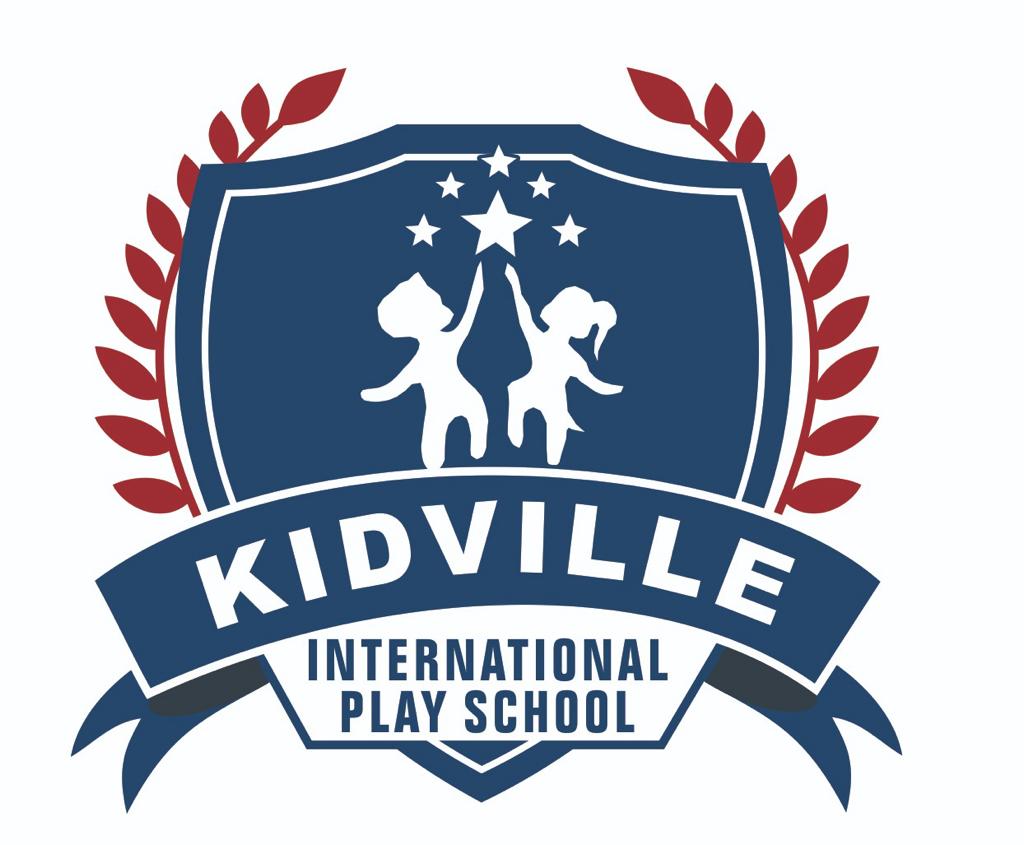Establishing healthy eating habits during the preschool years is crucial for a child’s growth, development, and long-term health. At this stage, children are developing their tastes and preferences, making it an ideal time to introduce a variety of nutritious foods. Here’s a comprehensive guide to healthy eating for preschoolers, complete with tips, meal ideas, and strategies to encourage healthy habits.
Why Healthy Eating Matters
Healthy eating during the preschool years provides numerous benefits:
- Optimal Growth and Development: Nutrients like calcium, protein, and vitamins support bone growth, brain development, and overall physical health.
- Energy for Play and Learning: Balanced meals provide the energy needed for active play and cognitive activities.
- Establishing Lifelong Habits: Early exposure to a variety of healthy foods helps set the stage for lifelong healthy eating patterns.
Key Nutritional Needs for Preschoolers
Preschoolers need a balanced diet that includes a variety of foods from all food groups:
- Fruits and Vegetables: Provide essential vitamins, minerals, and fiber. Aim for a colorful assortment to ensure a range of nutrients.
- Whole Grains: Choose whole-grain bread, pasta, and cereals over refined grains to provide sustained energy and fiber.
- Protein: Include lean meats, poultry, fish, beans, and legumes to support growth and repair.
- Dairy: Offer milk, cheese, and yogurt for calcium and vitamin D, which are vital for bone health.
- Healthy Fats: Avocados, nuts, seeds, and olive oil provide essential fatty acids for brain development.
Tips for Encouraging Healthy Eating Habits
1. Be a Role Model: Children are more likely to eat healthy foods if they see their parents and caregivers doing the same. Enjoy a variety of nutritious foods together as a family.
2. Make Meals Fun: Create fun and visually appealing meals. Use cookie cutters to make fun shapes with fruits, vegetables, and sandwiches. Arrange foods in colorful and creative ways to make them more enticing.
3. Involve Your Child: Let your preschooler help with meal planning and preparation. Simple tasks like washing vegetables, stirring ingredients, or setting the table can increase their interest in trying new foods.
4. Offer a Variety of Foods: Expose your child to different flavors and textures. Even if they reject a food initially, continue to offer it periodically without pressure. It can take multiple exposures for a child to accept a new food.
5. Establish a Routine: Serve meals and snacks at regular times. A consistent routine helps children know what to expect and can reduce mealtime battles.
6. Limit Sugary Foods and Drinks: Minimize the intake of sugary snacks, candies, and sodas. Offer water or milk instead of sugary drinks. If serving juice, ensure it is 100% fruit juice and limit it to 4-6 ounces per day.
7. Encourage Mindful Eating: Teach your child to listen to their hunger and fullness cues. Avoid pressuring them to eat everything on their plate, and encourage them to eat slowly and enjoy their food.
Sample Meal Ideas for Preschoolers
Breakfast:
- Whole-grain cereal with milk and a side of fruit.
- Scrambled eggs with spinach and whole-grain toast.
- Yogurt parfait with granola and mixed berries.
Lunch:
- Turkey and cheese roll-ups with whole-grain crackers and carrot sticks.
- Hummus and veggie wrap with a side of apple slices.
- Chicken and vegetable stir-fry with brown rice.
Snacks:
- Sliced cucumbers with hummus.
- Cheese cubes with whole-grain crackers.
- Apple slices with peanut butter.
Dinner:
- Grilled salmon with quinoa and steamed broccoli.
- Whole-wheat pasta with marinara sauce, lean ground turkey, and a side salad.
- Baked chicken with sweet potato wedges and green beans.
Dessert:
- Fresh fruit salad.
- Greek yogurt with a drizzle of honey.
- Banana slices with a sprinkle of cinnamon.
Dealing with Picky Eaters
Picky eating is common in preschoolers. Here are some strategies to handle it:
- Stay Calm and Patient: Avoid turning mealtime into a battle. Offer new foods without pressure and celebrate small victories.
- Keep Portions Small: Large portions can overwhelm a child. Start with small servings and offer more if they’re still hungry.
- Mix New with Familiar: Pair new foods with familiar favorites to make the introduction smoother.
- Create a Positive Mealtime Environment: Make mealtimes pleasant and stress-free. Engage in conversations and avoid distractions like TV and toys.
Conclusion
Building healthy eating habits in preschoolers is a vital step towards ensuring their well-being and setting the foundation for a lifetime of good health. By providing a variety of nutritious foods, involving children in meal preparation, and maintaining a positive mealtime environment, parents and caregivers can help preschoolers develop a love for healthy eating. Remember, the goal is to make nutritious foods enjoyable and accessible, fostering a healthy relationship with food that will last a lifetime.


